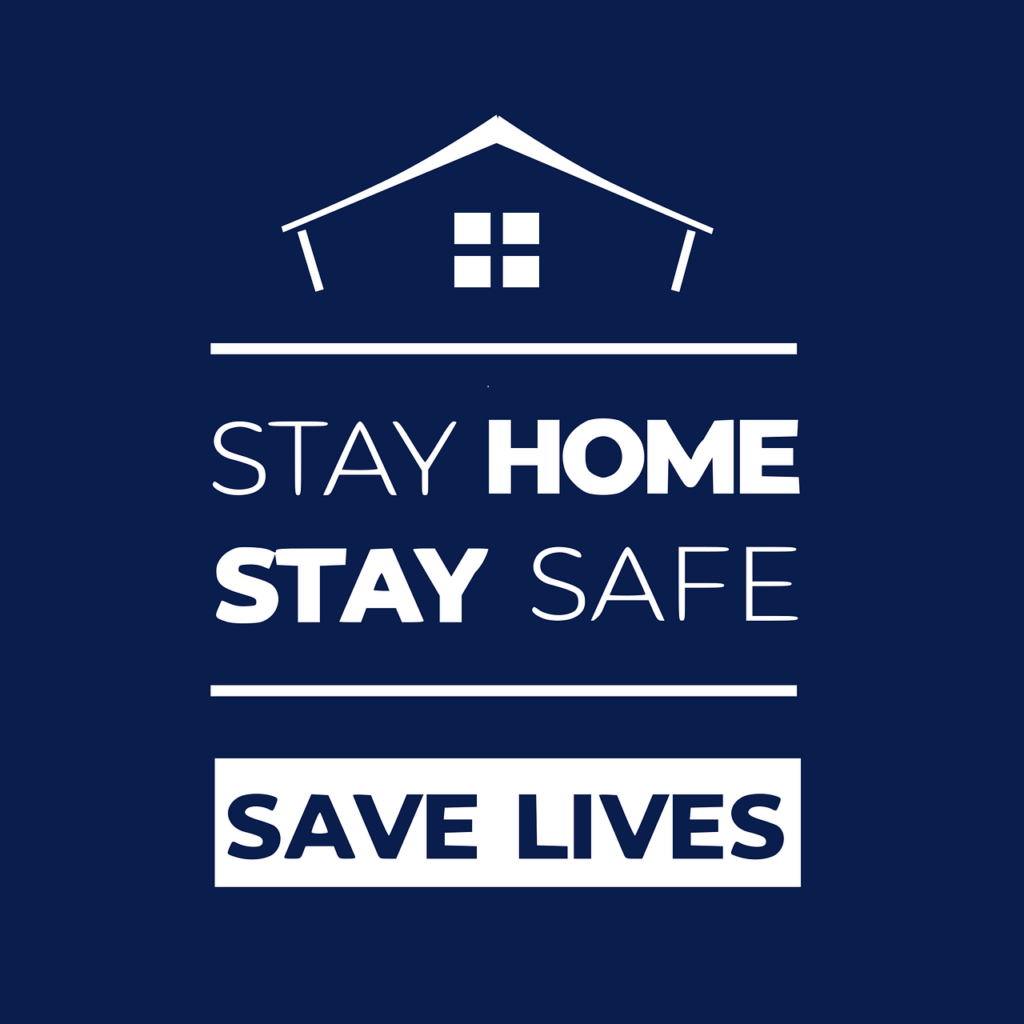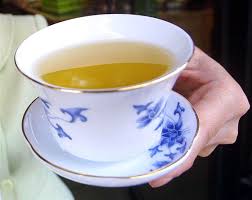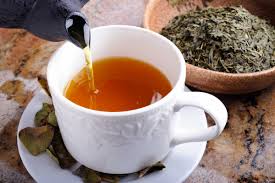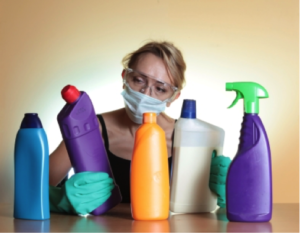A recent RieOrganize! poll on Facebook came up with the following: Stay at home. Boredom. Facebook. Zoom meetings. Gratitude for front line workers. Frustration about having to wear a mask. Death. Telecommuting. Homeschooling. Social isolation.
Until recently, I knew of only a handful of friends who were dealing with COVID-19. Most were friends who live out of town or who were dealing with their friends/family members who were dealing with the virus. Yesterday, I was told that a friend is in the ICU with novel coronavirus. While we were not close friends, we did keep in touch over the 30+ years that I’ve known him and his husband.
What I realized today, however, was how much I did not know about them. For instance, who is my friend’s next of kin? My immediate answer would be, of course, his husband. But his husband died last week of a non-coronavirus-related illness. I don’t know if he has a health care directive or, if he does, who is listed as the alternate proxy because his husband just died – or where this document is located. I know that his husband took care of most of their financial, legal and daily responsibilities. I don’t know who will be responsible for all of that now and, more importantly, nor does anyone else. Everyone is scrambling to try to figure out what to do!
While this is indeed stressful and sad, I have to ask myself and you…
· How many of us or our friends or family members could find themselves in a similar situation?
· Have we taken care of our own medical, legal and financial paperwork? If we have, does anyone know where it is located or have easy access to it?
· Will you or someone you know find themselves sick or dying alone with no one who knows what you would want to happen medically or, if you should die, with your belongings?
According to our informal Facebook poll, not everything in our world today is discouraging, heartbreaking, disheartening or grim. Looking at some of the memes on Facebook or Instagram can make you smile or laugh out loud.
There is little wrong with cooking or baking too much, using Zoom or Facetime to be connected to friends, relatives and colleagues, binge watching Netflix or taking naps. There is much kindness, laughter and sharing. Neighbors are helping neighbors.
This can be a time of transformation – interpersonally, socially, economically and globally. It can be a time to focus on the people and things that are important in our lives.
And this is where we all come in to transform our world into a better place in which to live. Thinking about medical and financial preparedness is not high on most people’s lists of things they want to do, but, especially during this time, it is essential.
First, we should examine our own paperwork. How prepared are we? Then, we should take a look at our contact lists. Who do we know who may need help?
Few people want to talk about the possibility of being sick or dying. In this age of COVID-19, it is imperative that we do so and that we talk with those whom we love and help them to prepare as well.
This is something that cannot wait. Please take steps to ensure that someone will know what you want to happen if you are unable to speak for yourself.
Stay well, stay safe and stay home… and if you are one of the many who must go to work to keep us safe, healthy, fed, informed or otherwise (relatively) sane, thank you.


As I lay in bed for a week from an illness this summer, I took the time to write this article for the NAPO-GPC blog. Even getting ill didn’t stop me from getting things done. I knew the deadline was quickly approaching so I decided to write about getting ill! Here are a few tips for how to organize yourself or help out a friend when stuck in bed.
 the house for me so I could stay hydrated. Chamomile tea in the den. Peppermint tea in the kitchen, drinks in my bedroom and water in my bathroom. I do not mind room temperature drinks but if you need yours cold/hot there are some wonderful thermal drinking vessels out there.
the house for me so I could stay hydrated. Chamomile tea in the den. Peppermint tea in the kitchen, drinks in my bedroom and water in my bathroom. I do not mind room temperature drinks but if you need yours cold/hot there are some wonderful thermal drinking vessels out there.My other advice would be, don’t get sick in the summer! What a bummer! I totally missed a huge rain storm. While everyone else was panicking, I was sound asleep. I missed some beautiful sunny days and God knows what was going on in my garden. I hope you stay well, but if you do feel terrible try these tips to help you stay on track.
My Evernote conversion occurred about five years ago. Stuffed in the back of my junk drawer (yes, I also have one) for several years, lay a handwritten recipe for the best maple balsamic salad dressing obtained from a restaurant in Vermont. Frustrated with my lack of organization for something so valuable, I downloaded Evernote and my life was forever changed.
I created a notebook in the Evernote app and titled it “Recipes,” took a photo of the recipe within the Evernote app et voila! Wherever I am, on my phone, tablet or laptop I have a screenshot of the recipe. I quickly saw how transformational this would be in both my personal and professional life. When a friend recommends a great restaurant, it goes into the notebook I created titled “Recommended Restaurants”. I also do this for movies, books, wine, travel destinations, decorating ideas. All those great details we scribble on the back of napkins never to find again.
If I’m surfing the web, I can use Evernote webclipper to clip an article or page and put it into the notebook of my choice. I can also dictate notes into Evernote and draw using the Skitch app.
I also have a notebook for each of my kids. I have a screenshot of their health insurance cards, health records, photos of their artwork from Kindergarten so I could get rid of those large poster-size monstrosities, er, I mean works of art. The list goes on.
For my business, I’m able to share notebooks with my team and with our clients. We often take notes during an organizing session and share these with our clients. Evernote also eliminates the need to email documents back and forth. Instead, the whole team can collaborate and has access whether they are working remotely or in the office to notes, documents, photos, etc.
I’m barely scratching the surface of Evernote’s endless possibilities. For more information and to create your free online account check out www.evernote.com
The day has finally come. You arrive home from the therapist’s office to whom you and your child were referred to by the school. The diagnosis explains the challenges he has in class and with keeping up. You now have a label. Doctor’s names, medications, treatments, and therapies are spinning in your mind. In a way, this label makes sense; it gives you something with which to work with. In another way you want to shrug it off as over-examining a creative, energetic child. You have a foreboding sense of no return.
Solutions to either overcome the issue or control the symptoms so that they do not impact major life functions become your top priority.
Gather information about the diagnosis. Knowledge is power. The more you understand the situation the better prepared you will be. You’ll ask better questions and identify the best services for your loved one.
Seek support services for your loved one. Make a list of agencies that provide support to individuals and families impacted by the particular diagnosis. Does the support include family members as well as the child? Are there tutors, therapists, and organizers who specialize in this area? Does Supplemental Security Income play a part? Is the child eligible for Medicaid? Primary and/or secondary insurance may be important if there’s a medical component to the issue.
Create an organized structure to maintain information. For instance, I love using the phone app any.do to track tasks, calls, errands, and projects. All lists can be easily shared with anyone you choose, and reminders can be linked with your calendar. Evernote is extremely useful for organizing notes and records. For example, I’ve created a “notebook” for a loved one whom I’m helping to navigate the healthcare system. Within his Evernote “notebook,” individual “notes” have been set up for each doctor to track visits and medications prescribed. Another “note” can be added each time we visit a particular doctor. A parallel filing structure has been created for any paper records that need to be kept for the purposes of benefits and possible questions or disputes.
Self care is as important as advocating for your loved one. This is hard for all caregivers, especially moms. However, the common anecdotes are true. You are no good to anyone if you’re depleted. Even brief periods of relaxation can be restorative. A few minutes of meditation, exercise, coffee, a phone conversation with a friend, or a lunch date can do a world of good. Healthful meals and good sleeping habits must be prioritized when under stress. I’ve heard some say that time away feels like time or money that should go to their child (or loved one). Please consider this, if you’re frazzled and on edge your children will pick up on it and may not understand your stress. Consider hiring a babysitter, taking turns with your spouse or a sibling for a little time off, ask a grandparent, or a trusted friend for help.
Most importantly, remember differences don’t need to be viewed from a glass in half-full position. In fact, the more we know about different disabilities, the more we know about their hidden blessings. Many people with differences have hidden talents (depending on the disability) surpassing the typical personal: creativity, an ability to recognize detail, sheer honesty, an indisputable sense of right and wrong, a great ability to focus for long periods of time, very high IQs, exceptional memory, unconditional love, dedication … I could go on and on. Back when I was in school, there was a focus on improving student deficits. Now, finally, thinking has come around to concentrating on and developing student talents. I hope it’s a bright age for those with differences and that we can learn from each other.
Meanwhile, gather information, seek support services, stay organized, and don’t forget to take care of yourself. I’m cheering for you!
You’re driving to the grocery store, a trip you’ve made a thousand times. Out of nowhere comes a car running the red light at the intersection you’re crossing – heading straight toward you! Crash!! You’re hurt, stunned and quite possibly in shock.
The police and ambulance arrive. First they ask questions about the accident, most of which you can answer. Then they ask about medications you take, allergies and an emergency contact’s phone number. Your mind goes blank. You are taken to the hospital but you’re unable to give the ER doctors any information that could help them treat you.
Accidents can happen anywhere, anytime to anyone, especially as we’re getting into the busy travel season. What can you do?
Create an Emergency Card containing your critical information to keep with you at all times. Organize it in an easy-to-read format. My Emergency Card is set up in a multi-column format. I recommend it be typed using a plain font and printed on heavy paper or card stock.
However you organize your Emergency Card, start with Emergency Info For. Under that, put your full name and address.
Suggested column headings are:
For 3-6, make a list. For 7-9, include full name, phone number and address.
Add any information you think is important.
Make the card small enough to keep in your wallet with your health insurance ID card, driver’s license and car registration. If you plan to be an organ donor, be sure it’s noted on your driver’s license or have a signed Organ Donor Card. Don’t keep the information in your phone if your phone is locked because it cannot be accessed. However, if your phone is unlocked, put the info in Contacts labeled ICE (in case of emergency). First-responders should know to go to your wallet or phone for this information.
Having an Emergency Card could be a life-saver.
 Most of us haven’t taken a close look at the chemical content of our common household cleaners, skin care products and makeup to find out that there are dangerous chemicals lurking in the ingredients list. The next time you are clearing out your cabinets by yourself or with one of us, Professional Organizers, don’t just look at the expiration dates, check the ingredients and keep the information below in mind.
Most of us haven’t taken a close look at the chemical content of our common household cleaners, skin care products and makeup to find out that there are dangerous chemicals lurking in the ingredients list. The next time you are clearing out your cabinets by yourself or with one of us, Professional Organizers, don’t just look at the expiration dates, check the ingredients and keep the information below in mind.
I went to a meeting hosted by Physicians for Social Responsibility, a group that looks at potential hazards facing our society. At the meeting, they showed a short video by Annie Leonard called the “Story of Cosmetics.” The video was followed by a discussion questioning the pervasive use of toxic chemicals in our beauty products, from lipstick to baby shampoo, chemicals that are known to contain carcinogens, neurotoxins, reproductive toxins and heavy metals, like lead and mercury. I was shocked to find out that lipsticks contain lead. Although I understand that it is hard to live in a lead free world, as Annie Leonard questions, “Do we have to put lead in our lipsticks?” I even found this to be the case when I went searching for new lipsticks in Whole Foods in the “organic” cosmetic department!
Harmful chemicals are not just in our cosmetic bags. Our homes are filled with fumes from harmful petrochemical solvents that are added to everyday house cleaners. “The average household contains anywhere from 3 to 25 gallons of toxic materials, most of which are in cleaners,” notes Ava Anderson, a young entrepreneur, who at age 14 went in search of personal care products that did not contain harmful chemicals and couldn’t find any. In response, Ava started her own company selling healthier choices for skin care and cleaning products. At the heart of her company is a commitment to educate the public about the chemical content in products we use without worry or concern for their potential cumulative and lasting effects to our health and wellbeing.
Like Annie Leonard, Ava’s research finds disturbing facts that most of us do not know, facts that might shape our buying habits moving forward. Below are highlights from Ava’s list:
Below are Gaiam Life’s “8 Household Cleaning Agents to Avoid” and why:
The “All You” website also has a list of 6 chemical hazards hiding in your home, for those of you who are interested in more information.
If like me, after confronting this information, you’re heading to your cupboards, toiletry bags and makeup kit to do some tossing, the next question would be, “then what can I use instead?” Below are suggestions to get you started using baking soda, white vinegar, fresh lemons and coconut oil.
Baking Soda
Here are suggested uses for baking soda from The Farmer’s Almanac and “All You” websites:
White Vinegar
White vinegar can replace many common cleaning products you now may want to avoid. Here are suggestions from the “All You” website:
Lemons
Lemons offer alternatives to both cleaning products and beauty care. Here are suggestions from the “All You” website:
Coconut Oil
Coconut is the newest addition to my healthier cabinets & toiletry bag. Here are some of my favorites uses from the “Derm Store.”
Well, I hope you found some good, enticing alternative product ideas for your mop closet and makeup bag. It has been fun trying out and discovering healthier products and now, sharing them with all of you. May you too enjoy your journey towards healthier products.